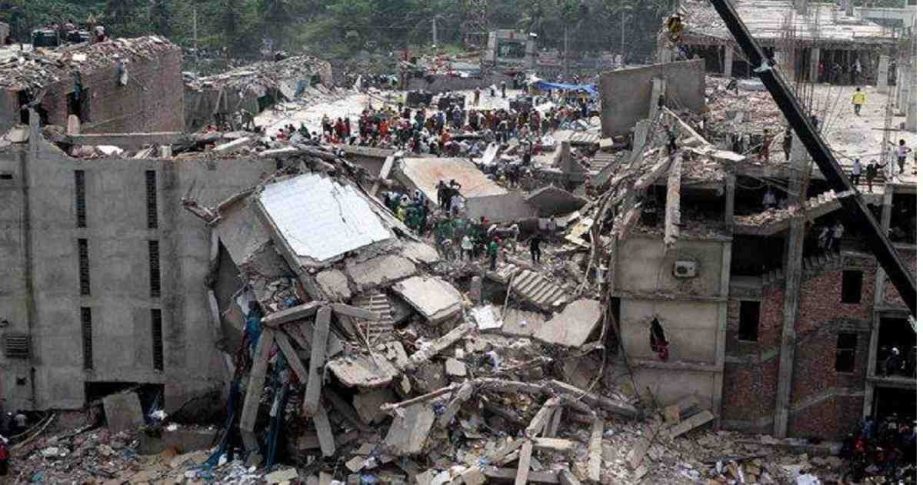
UNB, Dhaka :
Closing in on the 9th anniversary of the Rana Plaza tragedy, over half the victims who survived with injuries report their physical condition as worsening – quadrupling from just 14 percent who reported the same one year ago.
Among the 56.5 percent who reported their physical condition as worsening in the latest survey, waist pain, headache, pain in hand and leg, and back pain were some of the major problems.
According to ActionAid Bangladesh, who have been conducting the surveys periodicallythe trend from previous surveys showed that the physical health status of the survivors was slowly improving over the years – but COVID-19 has reversed that progress.
A third of the survivors, or 33 percent, are more or less stable, and 10.5 percent are completely stable.
In terms of psychosocial health, 48.5 percent are still in trauma in comparison to 12.5 percent survivors last year.
Currently 31 percent reported that they are more or less stable, and 20.5 percent have recovered fully compared to 25.5 percent last year.
These findings were revealed in a survey conducted among 200 survivors ahead of the 9th anniversary of Rana Plaza tragedy.
The current unemployment rate of the survivors is 53 percent while 47 percent survivors are engaged in various types of wage and self-employment.

Among them, 67 percent of survivors are unemployed due to their physical condition and 10 percent have mental trauma.
Survivors tend to change work frequently as their physical conditions do not allow them to work for long-periods at a time.
According to the survey, 14.5 percent survivors have returned to garments with another 8 percent involved in tailoring while many of the survivors shifted to other pr-ofessions like domestic work, day labour, farming, and agriculture, sales and driving.
The survey found that income of most of the employed survivors have drastically decreased due the impacts of the COVID-19 pandemic.
A large proportion, 63.5 percent, of survivors said they had difficulty to buy food for their family in everyday during pandemic because they did not have the money to buy food.
Over half, or 51.5 percent, said they couldn’t pay their rent, and 22.5 percent said they couldn’t afford childcare.
Nearly half, at 46.5 percent, of survivors had to take out a loan to manage their family’s food and other expenses during the pandemic.
A total of 36 percent said their household income is less than Tk 5,000 while 34 percent have a household income between Tk 10,000- 15,000.
Some 35 percent of survivors reported that their monthly expenditure is over Tk 10,000, and 30 percent have above Tk 15,000 with major costs incurred for food, followed by house-rent, children’s education, and treatment.

